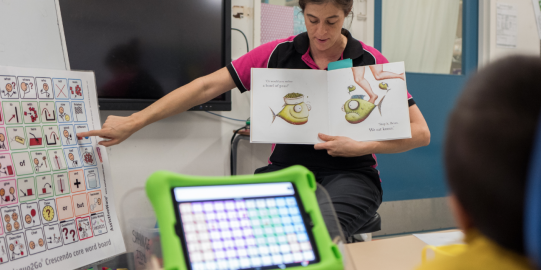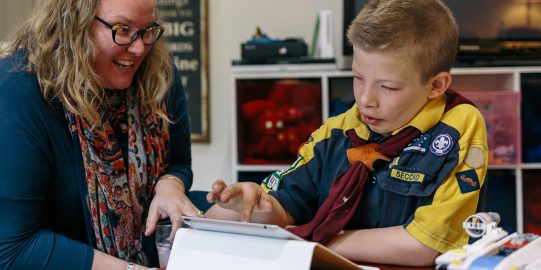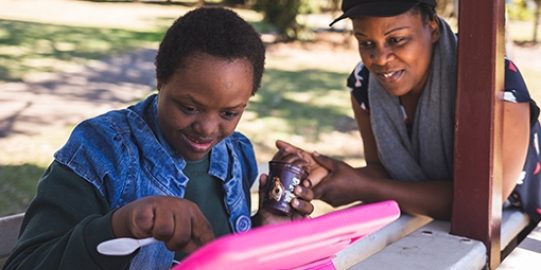There is a reason why providing wait time appears on so many lists of supports and interventions for AAC users. All people who use AAC, whether young and just learning or accomplished adult, need enough time. Using AAC to communicate takes time and we as communication partners need to provide enough of it for the person using AAC to claim their turn in the conversation, to process what was said and what they want to say and then compose their message.
This one should be easy but for so many of us, it’s hard and takes practice. Regardless of whether the AAC is an app on an iPad, a dedicated device or a sheet of paper, it takes time and it’s up to us to make sure that it is provided.
The perfect pause
In her PrAACtical AAC article, On Not Talking, Carole Zangari describes it as the “perfect pause”. She reminds us, “There is power in the perfect pause.”
Why provide enough wait time?
- To let the user know it’s their turn
- To provide time for the user to process what you said
- To give the user time to take their turn
And it works! A study by Hilary Johanna Mathis entitled “The effect of pause time upon the communicative interactions of young people who use augmentative and alternative communication”, demonstrated that when a communication partner provides pause time, the AAC user is more likely to claim their turn and respond with more words. This study suggests that providing a wait time (up to 45 seconds) supports users to claim more conversations turns and use more words.
Now that we have convinced you how important it is to pause and wait, we would like to share information with siblings and peers so they, too can become a more supportive communication partner:



